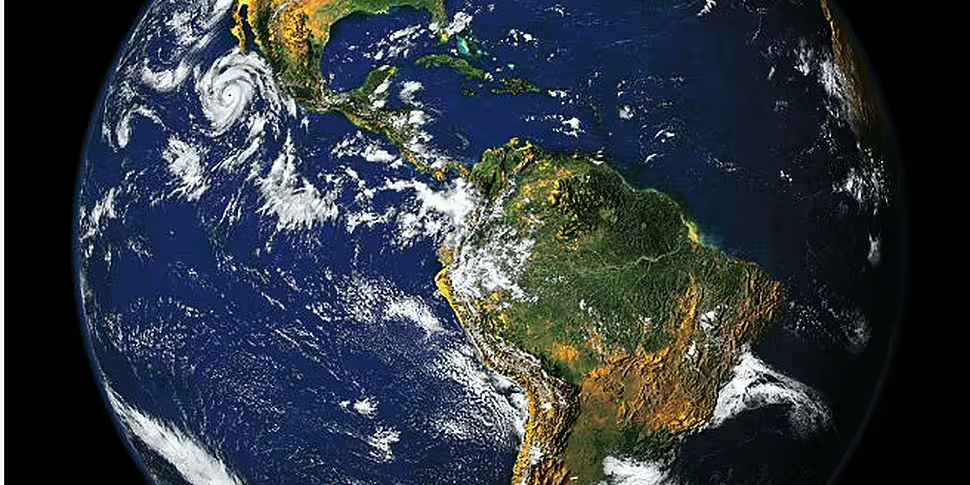The March 2011 Tohoku Earthquake and subsequent tsunami was one of the most devastating natural disasters of recent times. Resulting in almost 16,000 deaths (with another 2,650 missing people), it also destroyed or damaged hundreds of thousands of buildings. Its long-term social and economic consequences are still being felt, while workers continue to battle to keep the damaged Fukushima Daiichi Nuclear Power Plant under control.
One of the more unusual consequences of the powerful earthquake was the effect it had on Earth's gravity. A minor alteration in local gravity was first reported soon after the disaster, but newly published data from the European Space Agency's GOCE satellite confirms a tiny aberration or 'gravity scar'.
The ESA explains, "There are a number of reasons why values of gravity differ, but one is a consequence of material inside Earth being inhomogeneous and unevenly distributed. Since earthquakes shift around rock and other material tens of kilometres below the surface, they also cause small changes in the local gravity."
The organisation also points out, "Earthquakes under oceans, as in the 2011 Japanese quake, can also change the shape of the sea bed. This displaces water and changes the sea level, which in turn also affects gravity." The analysis of the GOCE was carried out by scientists at the German Geodetic Research Institute (DGFI) and from Delft University of Technology in the Netherlands, who concluded the gravity shifts were clearly visible from GOCE's observations.
It has been previously estimated that the Tohoku Earthquake shifted Earth on its axis by a few centimetres, reportedly shortening an Earth day by around a millionth of a second.
ESA's GOCE (Gravity Field and Steady-State Ocean Circulation Explorer) was initially intended for a 20-month mission, but ended up operating for almost three times that (55-months altogether). Its mission ended when it ran out of propellant in November, burning up on re-entry. However, scientists will likely spend years analysing its collected gravitational data.









